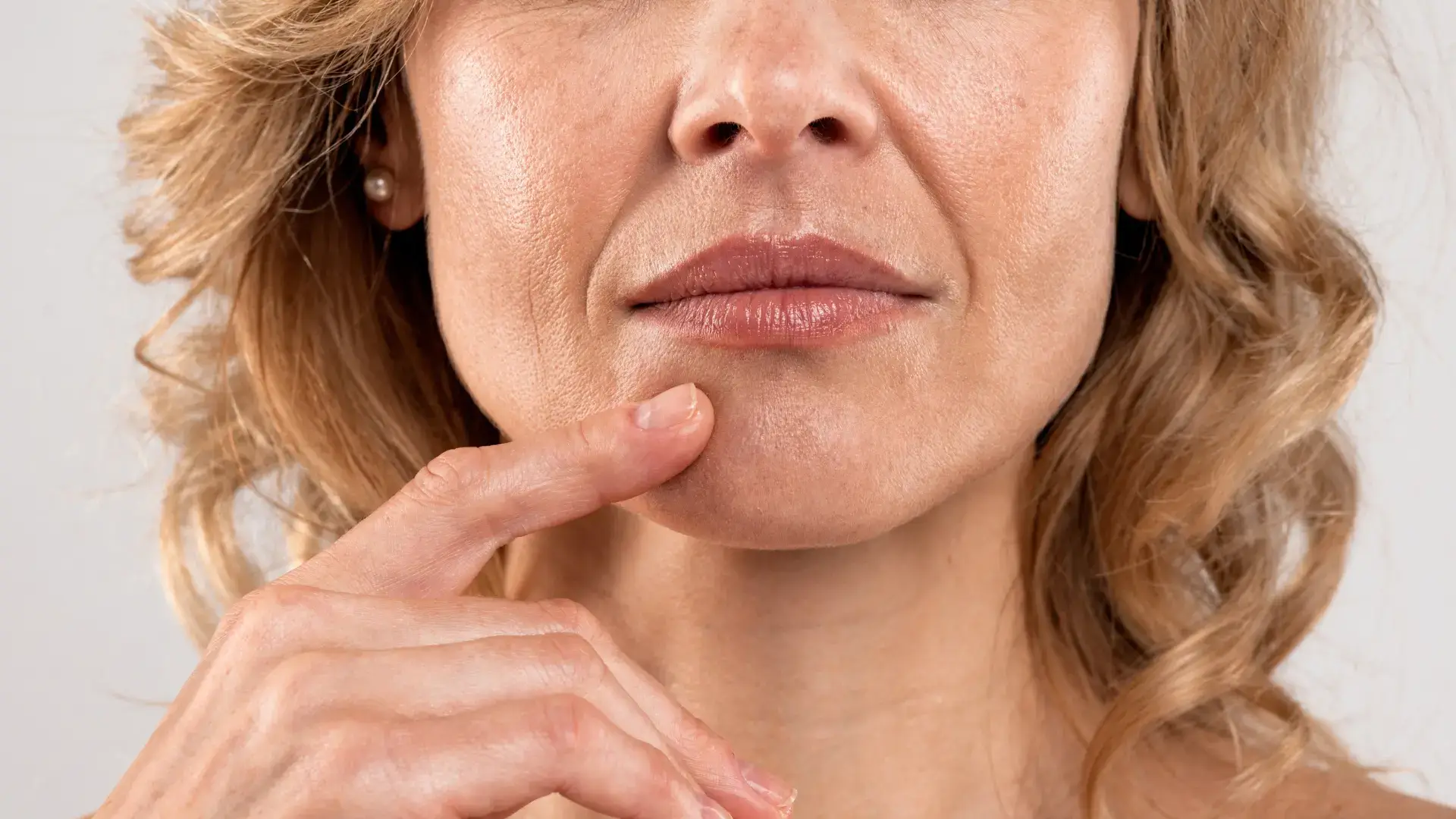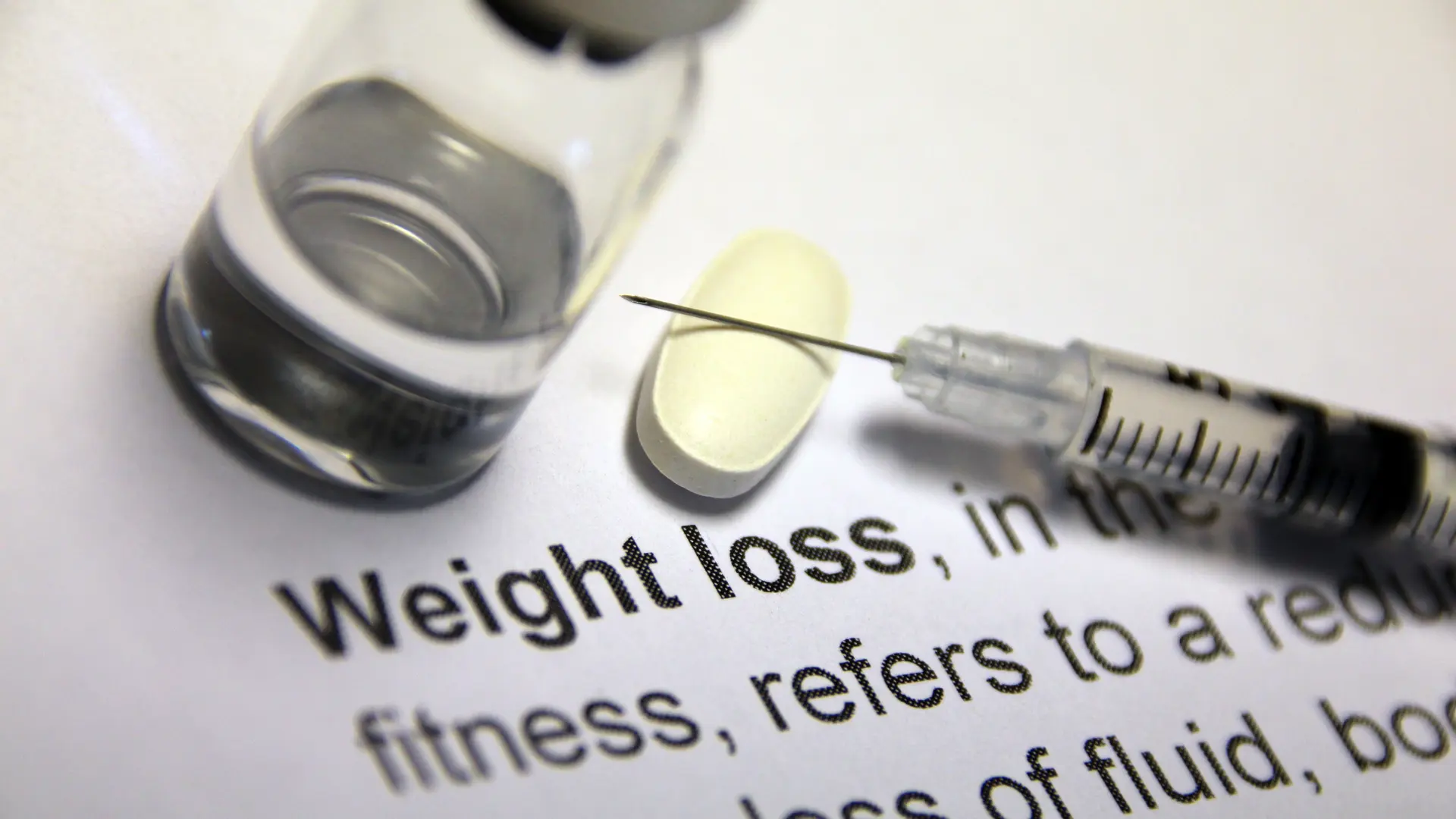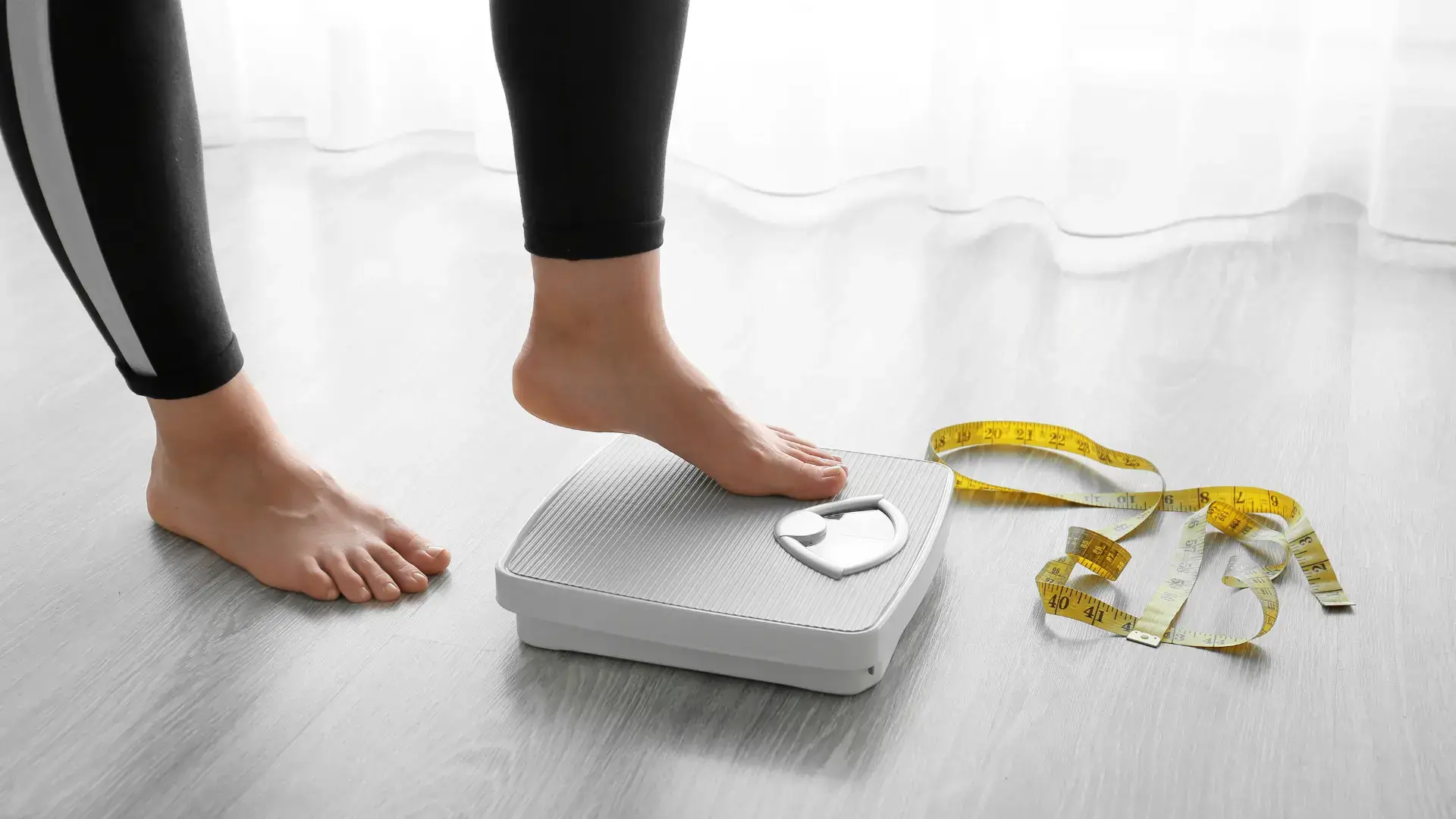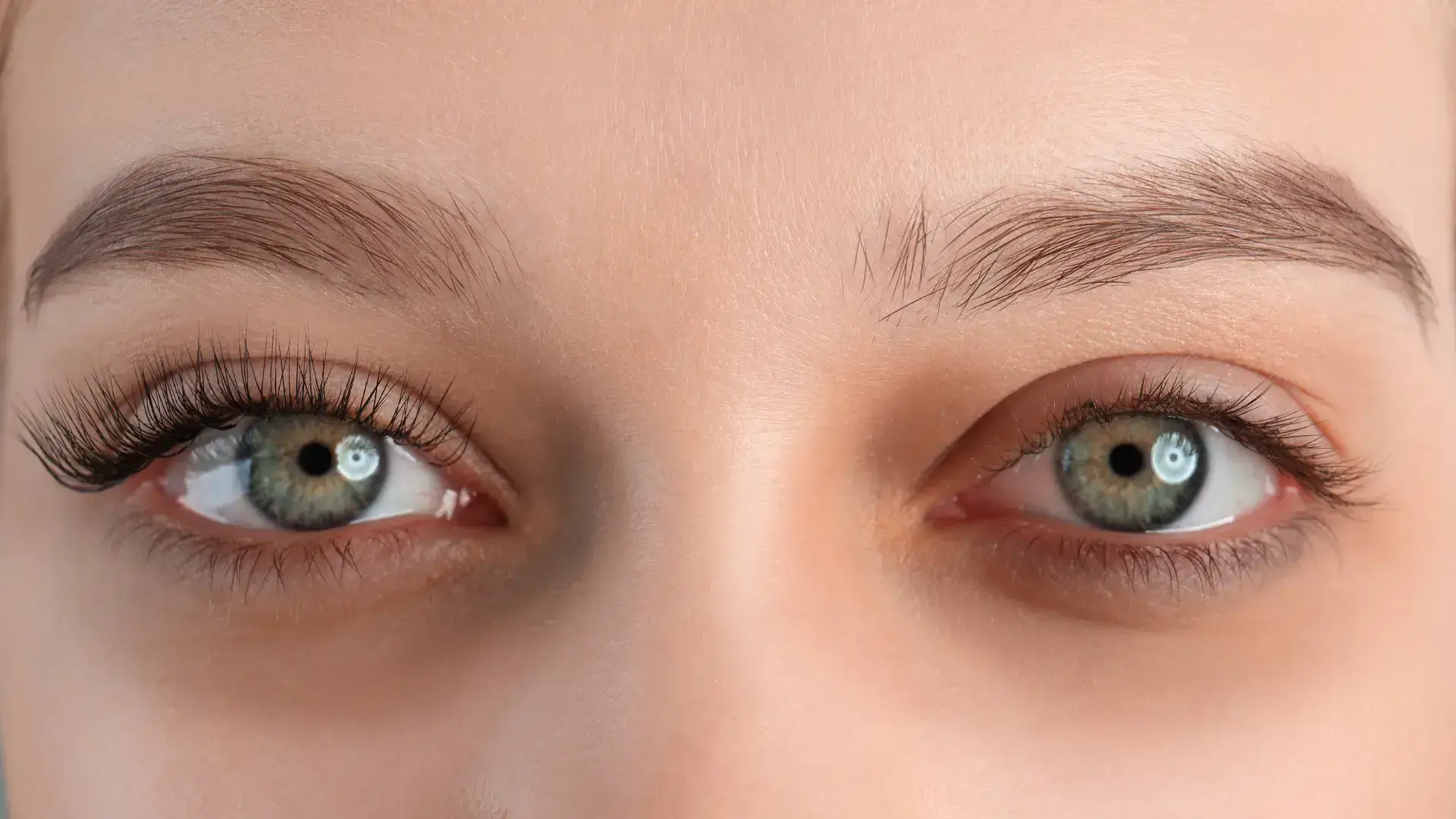Tissue fillers represent a widely performed cosmetic procedure for enhancing the nasolabial fold area. Findings from various studies highlight the efficacy and safety of tissue fillers in this region, with sustainable improvement lasting up to one year, leading to satisfying outcomes.
Nasolabial folds have affected patients’ appearance, specifically those aging individuals. Under tissue fillers, hyaluronic acid dermal fillers offer non-surgical options to restore one’s youthful look. In particular, Restylane underscores the importance of selecting appropriate fillers to achieve predictable and satisfactory results.
This article will explore the use of Restylane for nasolabial folds, patient assessment, injection techniques, and post-treatment care.
Key Takeaways
- While nasolabial folds are a normal part of human anatomy, they often deepen with age, prompting people to find aesthetic solutions.
- Restylane injections produce clear HA gel formulations, capitalizing on the substance’s potency and safety for the body.
- Managing patient expectations includes equipping them with a clear understanding of the treatment procedure, proper post-care, benefits, and potential risks.
- Medical professionals typically schedule a follow-up appointment to monitor the effects and occurrence of side effects.
- Restylane for nasolabial folds has shown significant efficacy in reducing the appearance of this concern.
About: Medica Depot is your trusted all-in-one supplier, offering a range of high-quality medical injectables and supplies. Buy Restylane wholesale at Medica Depot today! Whether for health professionals, plastic surgeons, dermatologists, licensed estheticians, or other specialists, we can offer genuine, brand-name products you may need. With Medica Depot, we prioritize serving you better to improve the patient’s quality of life.
What are Nasolabial Folds?
Nasolabial folds are one of the noticeable features people encounter as they age. This skin concern is also known as laugh or smile lines, creases extending from both sides of the nose to the mouth corners. They become more noticeable when individuals smile.
While nasolabial folds are a normal part of human anatomy, they often deepen with age, prompting people to find aesthetic solutions. Individuals must understand the leading causes that affect nasolabial folds.
- Sun Exposure: Damages the skin, causing wrinkles and changes in skin texture.
- Loss of Collagen and Elastin: As individuals age, they lose these two skin properties, making the skin weak and thin.
- Fat Loss: This makes the cheeks and nearby areas look saggy.
Other factors that make nasolabial folds more noticeable are smoking or bad lifestyle habits, weight fluctuations, and facial expressions. While this is not a medical issue, nasolabial folds can contribute to aesthetic matters when overly striking. It’s worth noting that various treatments have emerged to reduce their appearance or temporarily eliminate them.
Introduction to Restylane

During a thorough consultation with a medical practitioner, they may discuss and compare Restylane vs Sculptra or other hyaluronic acid (HA) dermal filler brands. They may have similar objectives in treating skin concerns, but Restylane and its collection of fillers stand out because of their approved uses and unique formulation.
Restylane injections produce clear HA gel formulations, capitalizing on the substance’s potency and safety for the body. This HA can smooth wrinkles and fine lines, add volume to the cheeks and lips, and define the chin and other facial regions.
This collection of injectables utilizes two patented technologies, NASHA and XpreHAn, for targeted precision and structure and to maintain natural movement and expression. Restylane-L, Lyft, Silk, and Eyelight receive NASHA, while Contour, Kysse, Defyne, and Refyne have XpresHAn.
Upon injection, Restylane injections integrate into the dermal tissue, bind to water molecules, keep the skin hydrated, and maintain volume. Depending on the treatment area and professionals’ expertise, Restylane can deliver patients their desired outcomes while minimizing complication risks.
The US Food and Drug Administration has approved Restylane injections for specific uses in the facial region. Medical professionals can use the following Restylane for nasolabial folds injections for their treatments.
- Restylane and Restylane-L
- Restylane Lyft with Lidocaine
- Restylane Refyne
- Restylane Defyne
Patient Assessment for Restylane Treatment
A comprehensive patient assessment is essential before the procedure. It involves understanding the patient’s aesthetic goals, medical history, and current health condition and ensuring Restylane suits their characteristics. Medical professionals consider these factors and know Restylane’s ideal candidates.
- Adults aged 21 and up seeking to reduce the appearance of nasolabial folds or enhance facial features can receive Restylane.
- Patients with severe allergies to hyaluronan properties or other Restylane ingredients, especially bacterial proteins, must not receive the treatment.
- Pregnant women, breastfeeding women, and children below 20 must avoid getting the injections.
Managing patient expectations includes equipping them with a clear understanding of the treatment procedure, proper post-care, benefits, and potential risks. This allows patients to make informed decisions before their treatment.
Injection Techniques for Restylane
Utilizing the proper injection technique can significantly help achieve optimal results of Restylane for nasolabial folds. Healthcare providers know the best practices to ensure the treatment is safe and effective for patients. After injection, the area is massaged to even out the filler.
- Preparing the Treatment Area: Providers must clean and disinfect the treatment area before injection. Applying a topical numbing or anesthetic agent can help lessen the patient’s discomfort.
- Choosing the Right Restylane Product: The choice of Restylane product depends on the patient’s goals, needs, and health. For Restylane for nasolabial folds, Restylane, Lyft, Refyne, and Defyne have approved uses.
- Injection Methods: While specific methods for nasolabial folds are unavailable, they vary depending on the practitioner’s experience and preference. Restylane injection techniques are serial puncture, linear threading, or cross-hatching.
Post-Treatment Care and Follow-Up

Medical professionals may give immediate aftercare instructions after Restylane treatment for nasolabial folds to avoid further complications. Patients can expect a smooth recovery after treatment following the provider’s instructions.
- Avoid touching the face or treatment area for 6 to 12 hours.
- Avoid makeup, sun exposure, heat, and strenuous activity for 24 to 48 hours.
- Use cold compresses to reduce swelling.
- Avoid taking aspirin, nonsteroidal anti-inflammatory medications, St. John’s wort, or high doses of vitamin E supplements.
Medical professionals typically schedule a follow-up appointment to monitor the effects and occurrence of side effects. Furthermore, regular maintenance treatment can help sustain Restylane’s benefits over time.
Clinical Results and Patient Satisfaction
Restylane for nasolabial folds has shown significant efficacy in reducing the appearance of this concern. A 52-week study found that Restylane offers an excellent therapeutic effect on nasolabial folds and a more prolonged effect than other hyaluronic acid fillers.
Meanwhile, 97% of Restylane Defyne-treated patients were satisfied with their facial balance, and 100% had improved facial harmony after the treatment. RealSelf user reviews showed that 88% found the injectables worth it for their aesthetic treatments.
The longevity of Restylane results depends on the treatment area and individual factors. Generally, Restylane for nasolabial folds results can last from twelve (12) to eighteen (18) months.
Potential Side Effects and Complications

After the treatment, patients may encounter common side effects, which will resolve in a few days or a week. Typically, they resolve independently, but ice application can aid with the swelling or pain symptoms. However, if these persist, seek immediate medical attention for proper management.
- Swelling
- Redness
- Pain
- Bruising
- Headache
- Tenderness
- Lump formation
- Itching at the injection site
- Impaired hand function
While Restylane treatments are generally safe, rare but severe complications can occur. These include delayed onset infections, allergic reactions, superficial necrosis at the injection site, or vascular occlusion. Managing these adverse reactions requires immediate reporting of symptoms, avoiding certain medications, and avoiding touching the areas. Remember that medical professionals know the appropriate and safe procedure for managing these symptoms.
Conclusion
Restylane for nasolabial folds has proven to be an effective treatment for individuals. This hyaluronic acid-based filler utilizes its unique formulation to integrate into the dermal tissues and enhance the appearance of the smile lines. Moreover, a thorough patient assessment is crucial before treatment, identifying suitable candidates and managing expectations.
Medical professionals significantly help achieve optimal outcomes for nasolabial fold treatments involving Restylane. While common side effects include swelling and redness, these usually subside within a few days. With proper post-treatment care and regular follow-ups, Restylane offers a safe and effective solution for enhancing facial aesthetics.
FAQs
1. What are nasolabial folds?
Nasolabial folds are the lines or creases that extend from both sides of the nose to the corners of the mouth. They are also known as laugh or smile lines and become more noticeable when individuals smile.
2. What is Restylane, and how does it work for nasolabial folds?
Restylane is a hyaluronic acid dermal filler used to address nasolabial folds. It works by smoothing wrinkles and fine lines, adding volume to the cheeks and lips, and defining various facial regions. It integrates into the skin, binds to water molecules, and helps maintain volume.
3. Who is an ideal candidate for Restylane treatment?
Ideal candidates for Restylane treatment are adults aged 21 and up who want to reduce the appearance of nasolabial folds or enhance their facial features. Patients must discuss their aesthetic goals, medical history, and health condition with a medical professional to determine if Restylane suits them.
References
- Stefura, T., Kacprzyk, A., Droś, J., Krzysztofik, M., Skomarovska, O., Fijałkowska, M., & Koziej, M. (2021). Tissue Fillers for the Nasolabial Fold Area: A Systematic Review and Meta-Analysis of Randomized Clinical Trials. Aesthetic plastic surgery, 45(5), 2300–2316. https://doi.org/10.1007/s00266-021-02439-5
- Villines, Z. (2018, February 5). Nasolabial folds: Causes, treatment, exercises, and prevention. Www.medicalnewstoday.com. https://www.medicalnewstoday.com/articles/320825#causes
- Restylane®. (n.d.). Www.restylaneusa.com. Retrieved June 4, 2024, from https://www.restylaneusa.com/docs/Restylane-IFU









